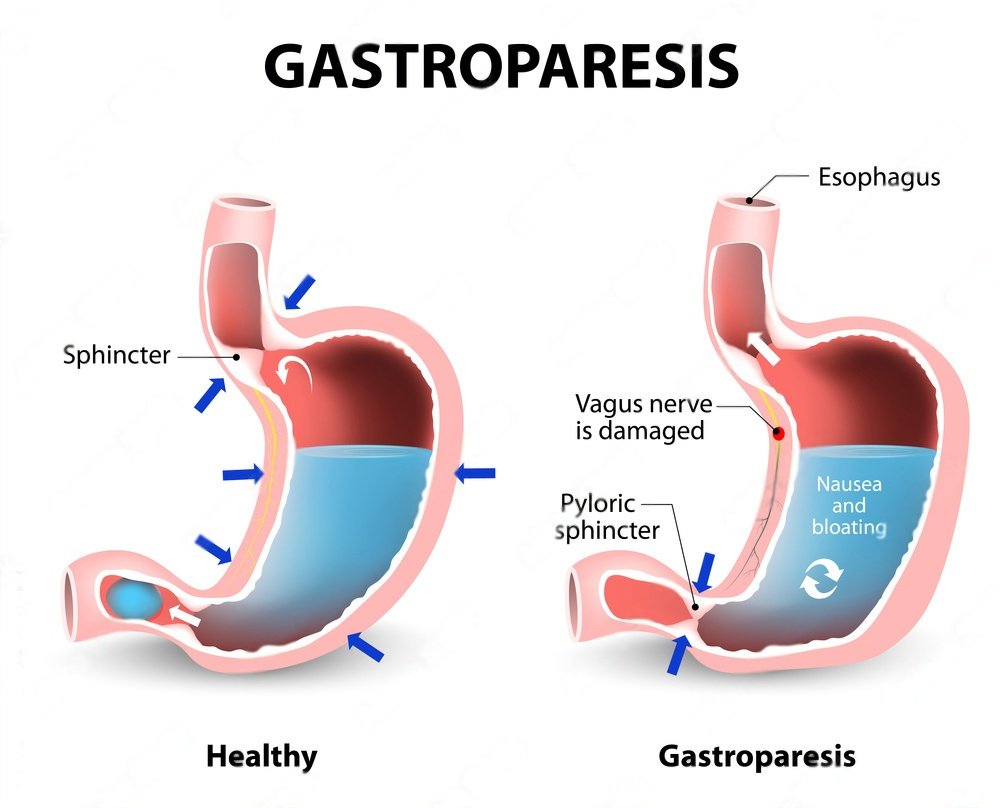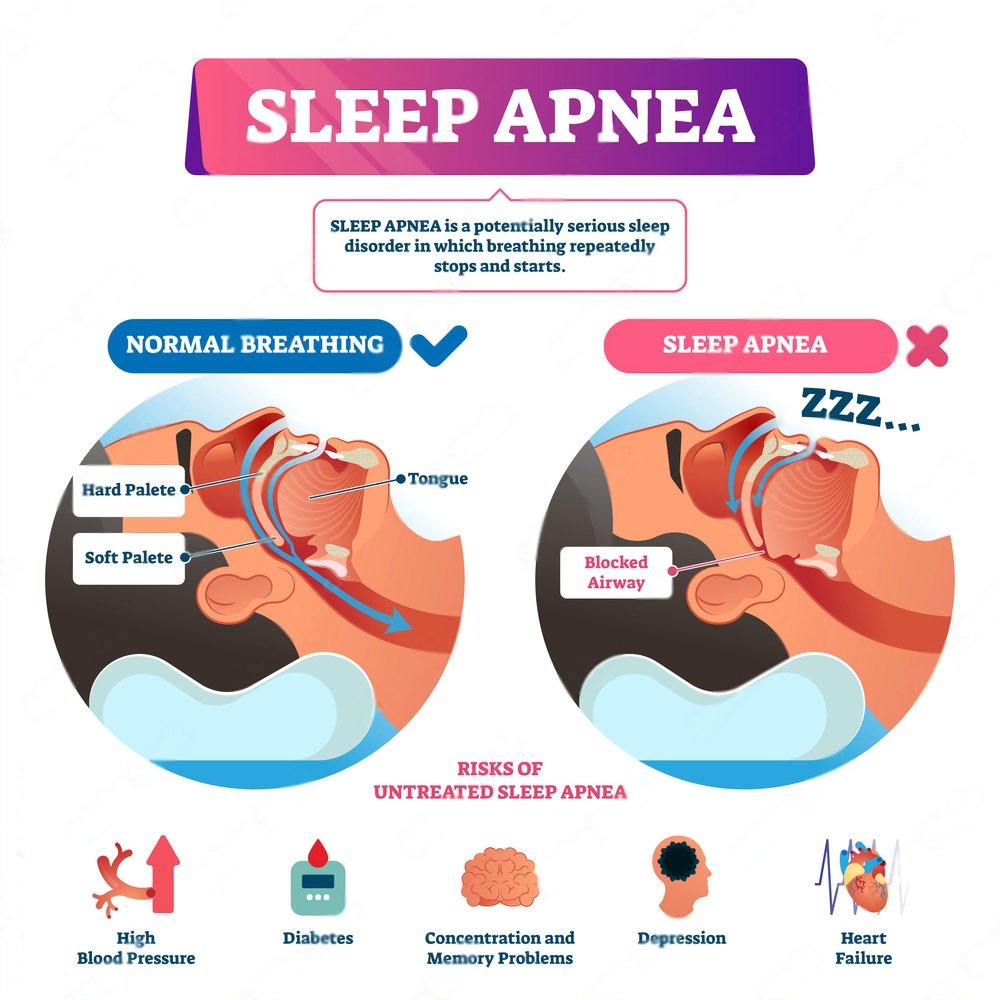Enzymes like cellulases, amylases and pectinases are used to soften fabrics and create a vintage look, offering eco-friendly and efficient alternatives to traditional methods.
What are Enzymes?
Enzymes are complex proteins that act as catalysts in biochemical reactions, meaning they speed up reactions without being consumed in the process. They are crucial for various biological functions, including metabolism, DNA replication, and digestion.
Enzymes work by lowering the activation energy required for a reaction to proceed, thus increasing the rate at which the reaction occurs.
Enzymes are made up of long chains of amino acids that fold into unique three-dimensional structures.
What Enzymes will Soften Clothes?
In the textile industry, enzymes play a crucial role in fabric processing. Cellulases are the primary enzymes used for softening fabrics. Cellulases break down cellulose, a major component of plant-based fibers like cotton. By targeting the cellulose in the fabric, cellulases help to remove microfibers and fuzz from the surface, resulting in a smoother and softer texture.
How Cellulases Work?
Cellulases hydrolyze the β-1,4-glycosidic bonds in cellulose, breaking it down into smaller sugar units. This process not only softens the fabric but can also enhance the color brightness and improve the overall feel of the material. Cellulases are often used in the finishing stages of textile production to achieve a desired softness and improve the wearability of the fabric.
What Enzymes Make Cloths Vintage?
Creating a vintage or distressed look in fabrics involves a combination of mechanical and enzymatic treatments. The goal is to mimic the wear and tear that occurs naturally over time, giving new fabrics an aged appearance.
Common Enzymes Used for Vintage Effects:
- Cellulases: As mentioned, cellulases can be used to break down the cellulose fibers, giving the fabric a softer, worn-in feel. By adjusting the concentration and treatment time, different levels of distress can be achieved.
- Amylases: These enzymes break down starches. In fabric processing, amylases are often used to remove starch-based sizing agents applied during weaving. This process can contribute to a more flexible and less stiff fabric.
- Pectinases: Pectinases degrade pectin, a polysaccharide found in plant cell walls. By breaking down pectin, these enzymes can help in softening the fabric and enhancing its flexibility.
Process of Enzyme Treatment for Vintage Look:
- Pre-Treatment: The fabric is first treated to remove any finishes or sizing agents that might interfere with the enzymatic action.
- Enzyme Application: A solution containing the appropriate enzymes (cellulases, amylases, pectinases) is applied to the fabric. This can be done through soaking, spraying, or padding.
- Incubation: The fabric is incubated under controlled conditions (temperature, pH, and time) to allow the enzymes to act on the fibers. This stage is crucial for achieving the desired level of wear and softness.
- Post-Treatment: After the enzymatic treatment, the fabric is thoroughly washed to remove any residual enzymes and reaction by-products. Additional mechanical treatments, such as stone washing or sandblasting, can be used to enhance the vintage effect.
Conclusion:
Enzymes are powerful tools in the textile industry, offering eco-friendly and efficient methods for fabric processing. By harnessing the specific actions of enzymes like cellulases, amylases, and pectinases, manufacturers can produce soft, comfortable fabrics with a variety of finishes, including the popular vintage and distressed looks.












